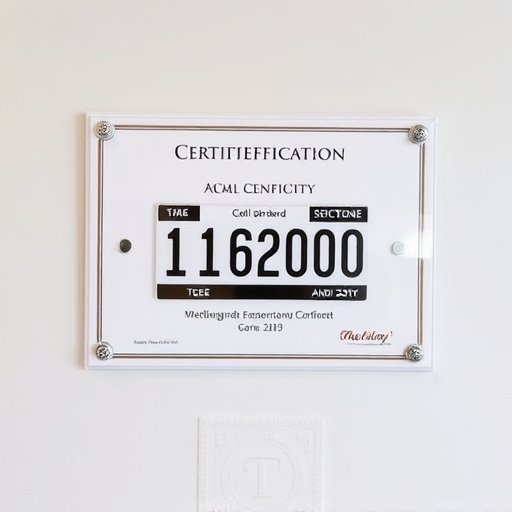Air intake systems, crucial for engine performance, vary in price based on material quality, design complexity, brand reputation, and market demand. Understanding these factors helps consumers compare prices effectively and identify the best value aligned with their vehicle's needs. When upgrading, contrasting options across brands and models within each price range is vital to make an informed decision that maximizes performance gains at a cost-efficient price.
Uncover the secrets behind air intake systems and their price tiers. In this comprehensive guide, we demystify the components that drive costs, empowering you to make informed decisions. Learn how various factors influence pricing and navigate the market with confidence. Discover strategies to unlock hidden values, ensuring you get the best bang for your buck. Whether you’re an automotive enthusiast or a savvy buyer, this article offers valuable insights into air intake system price comparisons, helping you make choices that deliver both performance and value.
- Understanding Air Intake Systems and Their Components
- Factors Influencing Price Tiers: A Comprehensive Breakdown
- Unlocking Value: How to Make Informed Decisions Based on Price Comparison
Understanding Air Intake Systems and Their Components

Air intake systems are a crucial component in automotive performance and efficiency, playing a vital role in optimising engine power. These systems are designed to draw in ambient air from outside the vehicle, filter it to remove contaminants, and deliver it directly to the engine. The process starts with an air filter, which traps dust, dirt, and other particles, ensuring only clean air enters the engine. This filtered air is then directed through an intake manifold, a network of tubes that distributes the air evenly to each cylinder.
When comparing different air intake systems, the price tier can significantly impact the quality and performance. A basic air intake system might offer a lower price point but may lack advanced features like custom tuning or high-flow air filters. Higher-end systems, on the other hand, often come with innovative designs, multiple filtration stages, and precise engineering, which can lead to improved airflow and engine response. Understanding these components and their role in overall system performance is essential when making an air intake system price comparison to determine the best value for your vehicle’s needs.
Factors Influencing Price Tiers: A Comprehensive Breakdown

The pricing of an air intake system isn’t solely determined by its quality or performance; various factors play a significant role in shaping its cost. One key aspect is the material used; premium components like carbon fiber or aluminum can drive up prices compared to more affordable alternatives like plastic. The complexity of design and manufacturing also impacts cost, with intricate, custom designs often being more expensive.
Additionally, brand reputation and market demand influence pricing. Established brands with a strong reputation for quality may command higher prices. Limited-edition or specialized air intake systems, catering to specific vehicle models or high-performance enthusiasts, can also fall into premium price tiers due to lower availability and targeted marketing.
Unlocking Value: How to Make Informed Decisions Based on Price Comparison

When considering an upgrade or replacement for your vehicle’s air intake system, price tier comparisons are essential to making a well-informed decision that maximizes value. By comparing prices across different brands and models within each price range, you gain a deeper understanding of where your money goes and what features you’re paying for. This approach allows you to identify the best balance between performance gains and cost efficiency, ensuring you get the most out of your investment.
Air intake systems vary widely in price due to factors like materials used, manufacturing processes, and technological advancements. For instance, basic, stock air intakes might be relatively affordable, while high-end, custom designs can command premium prices. By researching and contrasting these variations, you become more adept at evaluating whether a higher price tag justifies the promised performance benefits or if there’s a more cost-effective option that still meets your needs.
When comparing the prices of air intake systems, it’s crucial to understand that value isn’t solely determined by cost. By factoring in the system’s components, performance, and how it aligns with your vehicle’s needs, you can unlock a higher level of understanding. Make informed decisions based on comprehensive research, ensuring you get the most value for your money. An air intake system price comparison is just the first step; knowing what to look for is the game changer.














